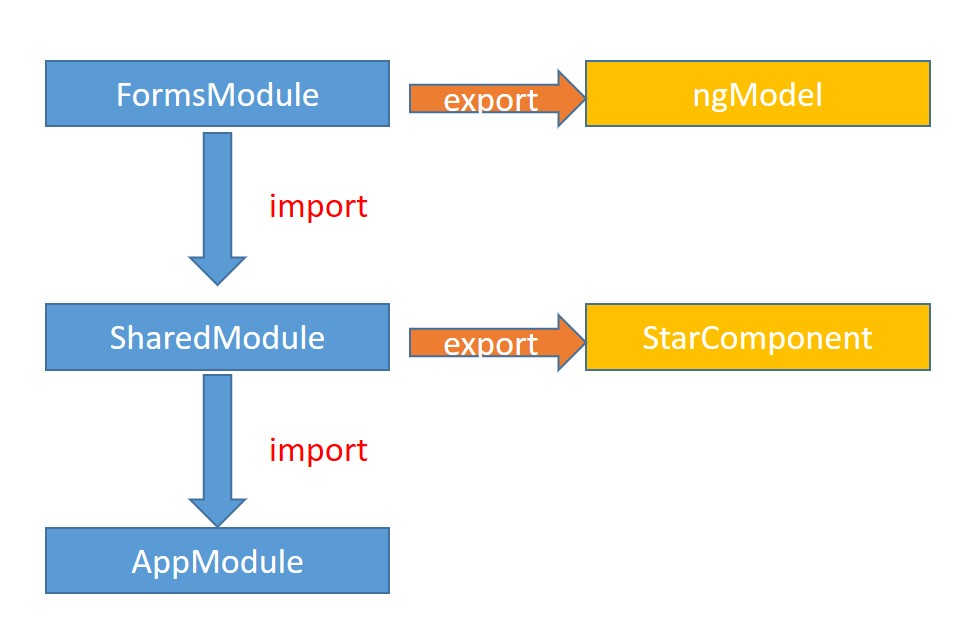[Angular] Navigation and Routing Additional Techniques
前言
上一篇Routing Basics 介紹基本用法後,今天要來多加說明如何帶參數,以及如何使用程式碼navigate到其他route。Passing Parameters to a Route
首先要記得在Route設定傳參數的path1
{ path: 'detail/:id', component: DetailComponent },
接著使用routerLink的第二個參數就可以達成傳遞參數的基本方式
- html
1 | <ul> |
在componet import ActivatedRoute,使用snapshot就可以取得參數值了
- ts
1 | import { Component, OnInit } from '@angular/core'; |
Activating a Route with Code
這部分就很簡單,只要綁定事件後,在事件的method裡面navigate就可以了。 不過首先我們還是要先import Router,這樣才可以使用navigate。
- ts
1 | import { Router } from '@angular/router'; |




